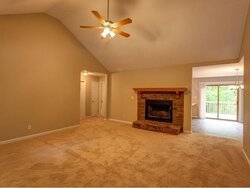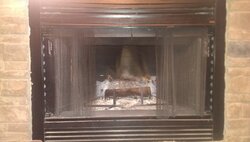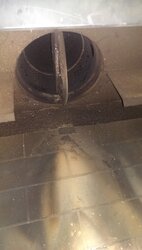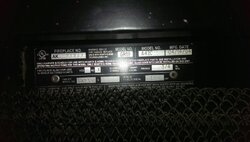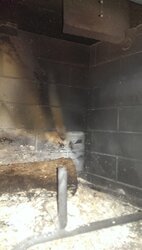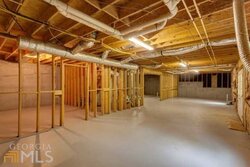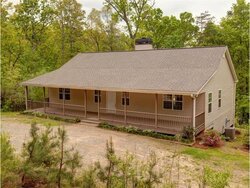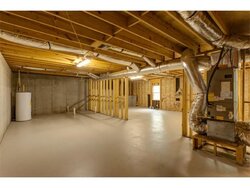Hey guys, new user. I purchased my first home back in August and was really excited that it had a wood fireplace in the living room. Flash-forward to January, my power bill for December was ridiculously expensive. In trying to troubleshoot my home heating, I discovered that my outside unit is not a heat pump but an AC unit only. I had been running purely electric heat. The following steps were taken: I cut off the air intakes in my basement so only the warm air upstairs is circulating, and I started burning fires more often in the fireplace.
I am struggling to keep the house at 65° without running the electric heat, and the fireplace cannot heat the house but just maintain it while I am keeping it hot. Me and my dad have a solution, and I wanted to check on here to see some of your ideas/thoughts as well. Our idea is to put a heater in the basement. We thought heating the basement would help heat the house through heat naturally rising, as well as opening up the air intake vents in the basement and using the central fan to circulate the air throughout the house.
We have two options as far as putting a heater in the basement: wood stove or gas heater. My house is 1664 sq ft on the main level and the basement is unfinished and 1664 sq ft as well (total 3328). I also have a vaulted ceiling in my living room. On some calculators online I have estimated that I need 80,000 BTU/hr to heat the basement+main level. I would be mostly buying wood (purchasing maybe 75% of my wood). What are your thoughts? Thanks!
EDIT: In response to some replies below, here are some photos of my current setup and basement:
View attachment 171701
View attachment 171702
View attachment 171703
View attachment 171704
View attachment 171705
View attachment 171707
I am struggling to keep the house at 65° without running the electric heat, and the fireplace cannot heat the house but just maintain it while I am keeping it hot. Me and my dad have a solution, and I wanted to check on here to see some of your ideas/thoughts as well. Our idea is to put a heater in the basement. We thought heating the basement would help heat the house through heat naturally rising, as well as opening up the air intake vents in the basement and using the central fan to circulate the air throughout the house.
We have two options as far as putting a heater in the basement: wood stove or gas heater. My house is 1664 sq ft on the main level and the basement is unfinished and 1664 sq ft as well (total 3328). I also have a vaulted ceiling in my living room. On some calculators online I have estimated that I need 80,000 BTU/hr to heat the basement+main level. I would be mostly buying wood (purchasing maybe 75% of my wood). What are your thoughts? Thanks!
EDIT: In response to some replies below, here are some photos of my current setup and basement:
View attachment 171701
View attachment 171702
View attachment 171703
View attachment 171704
View attachment 171705
View attachment 171707
Last edited:


